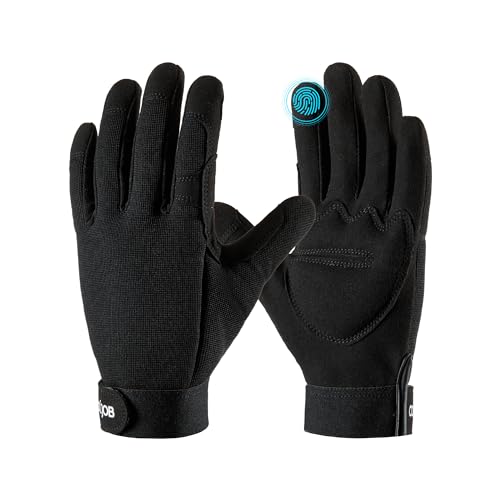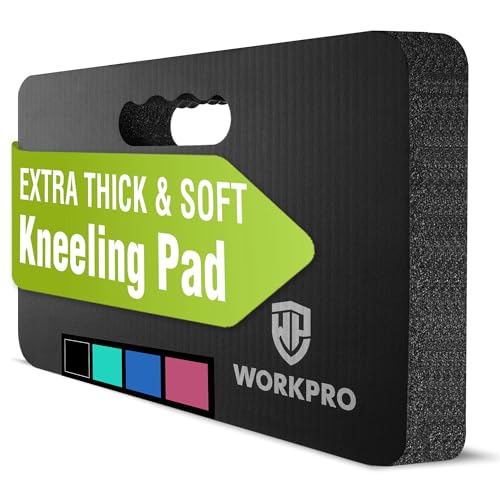Best ground cover plants for wet soil – experts recommend these 5 options for soggy, damp yards
Cover challenging borders in your yard with these spectacular low-growing species
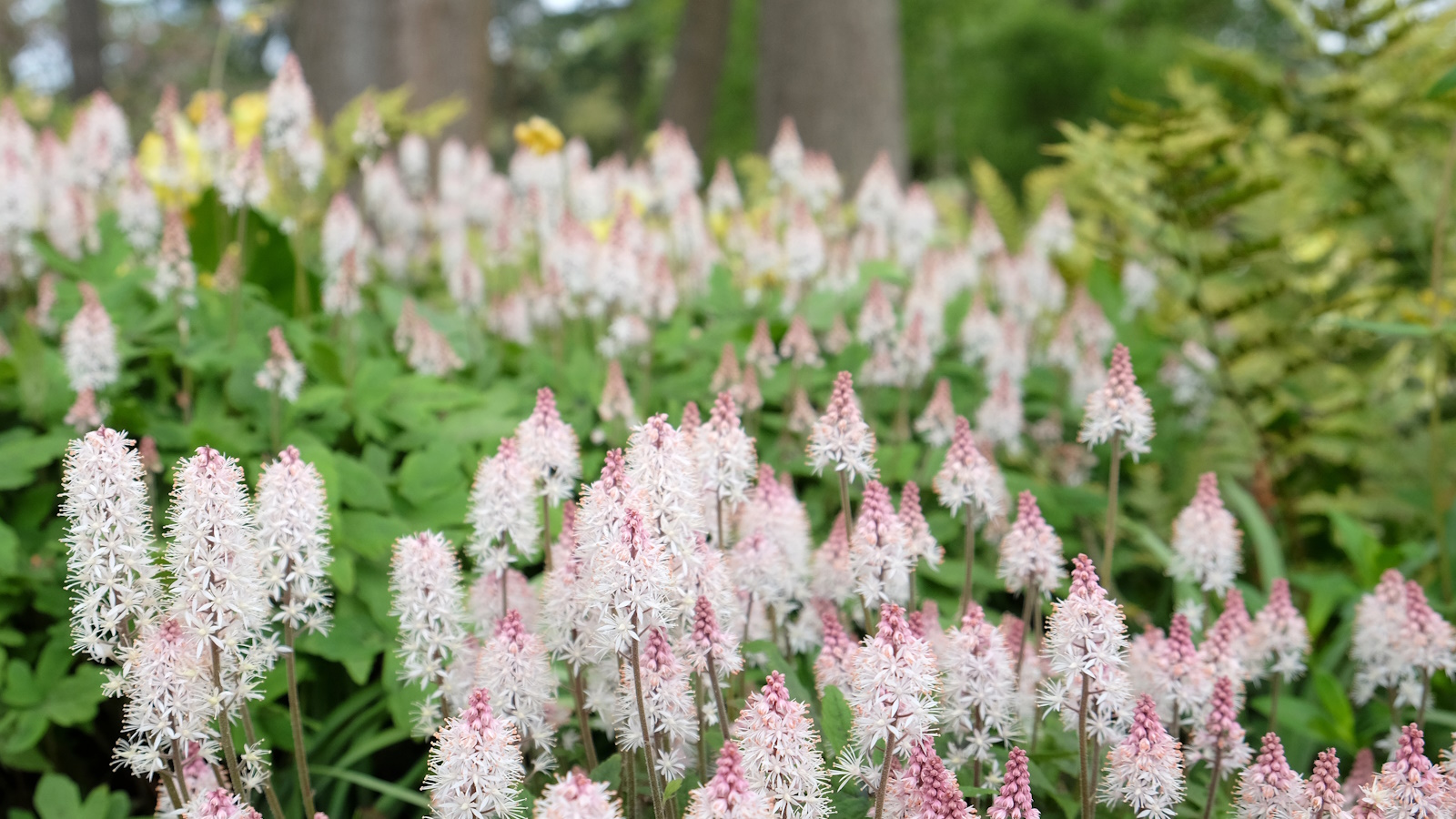

If you have damp, wet spots in your yard, fear not. Of course, you can always try to improve the structure and quality of the soil, but this can be time-consuming and expensive. In my experience, the best approach is to use moisture-loving plants that will thrive in these conditions.
For many species, soggy soil can be a problem, and often, this can lead to root rot and plant death. Take herbs, for example. Lavender and rosemary, native to dry slopes and hills in the Mediterranean, will not fare well when planted in moist soil. So, the trick is to plant things that are true woodland, bog or marsh-loving species, that do not mind sitting in damp soil for long periods.
As a professional gardener, I have learned to always plant the right species for the conditions you are working with. It saves time, money, and disappointment. And, fortunately for us, there are many ground cover plants for wet soil that will cover large swathes of the yard without struggle. Here are five of my favorites to try in your plot this year.
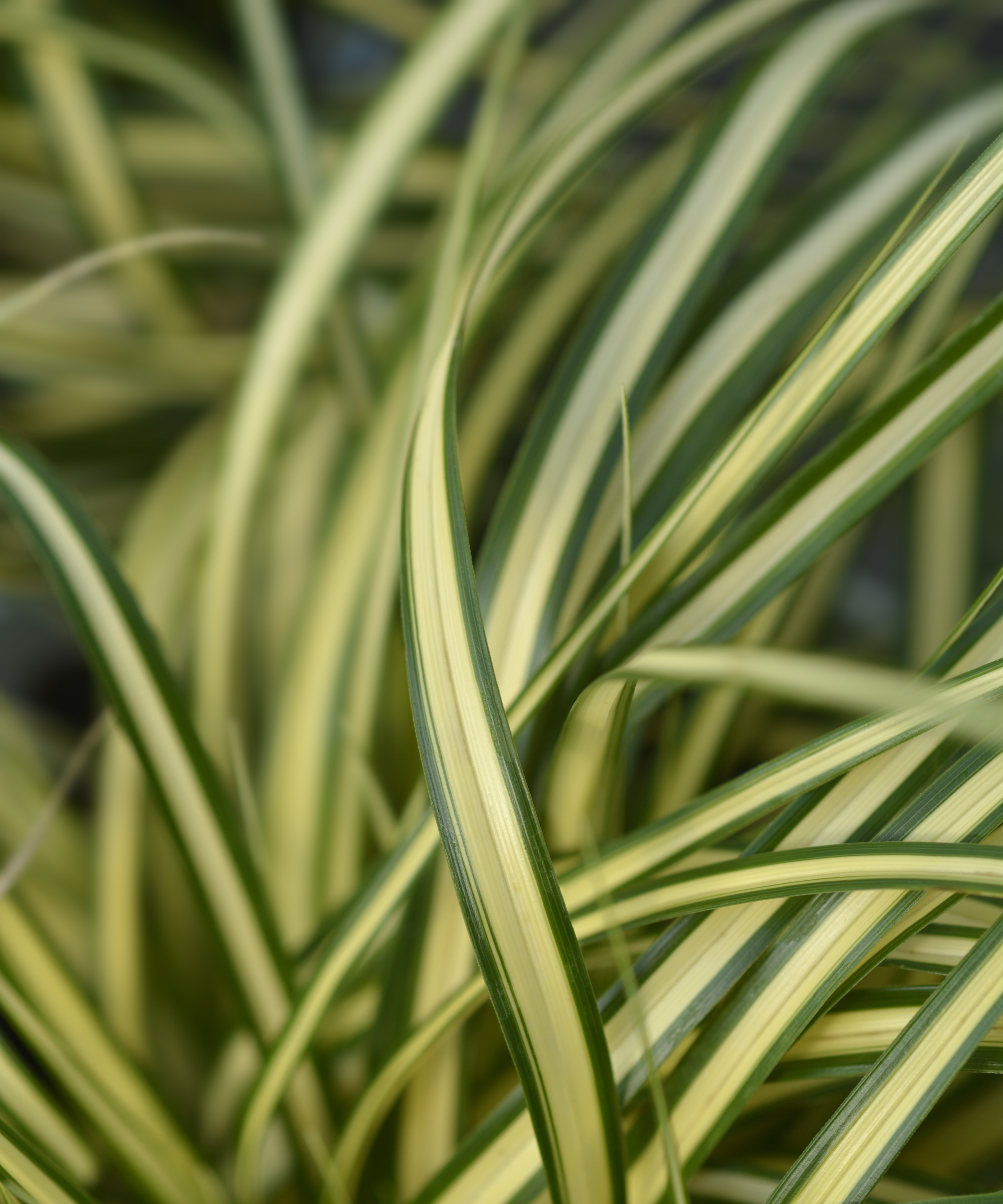
5 best ground cover plants for wet soil
Using some of the best plants for wet soil can help fill damp and dank borders that have poor drainage. The good news? Hundreds of species thrive in terrains such as this, from ferns to hostas, foamflowers to bog sage.
So, if your soil type has proven tricky in terms of finding plants that will establish and thrive, the following five recommendations should help.
1. Foamflower
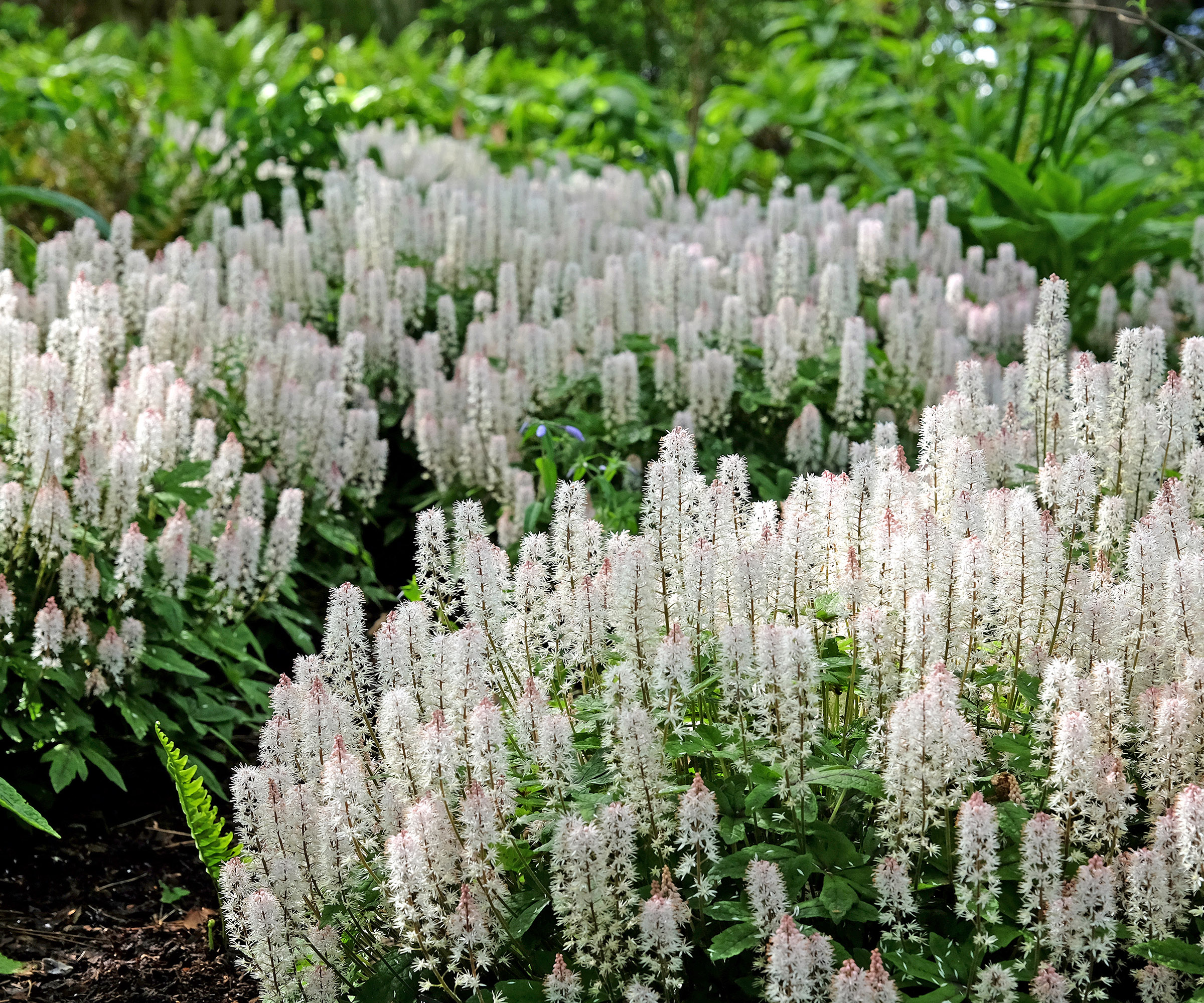
One of the best full-shade perennials, the foamflower, or Tiarella spp., is a tough and resilient flowering plant that will thrive in damp spots.
'Foamflower is a charming native North American perennial that brings whimsical beauty to shady, damp gardens,' says Tabar Gifford, plant expert and American Meadows master gardener.
Design expertise in your inbox – from inspiring decorating ideas and beautiful celebrity homes to practical gardening advice and shopping round-ups.
'Whilst it might look delicate, foamflower is actually a hardy woodland favorite. Thriving in rich, moist soil, it naturally flourishes in woodland settings where leaf litter and organic matter build up over time.'
Foamflower plants can be grown from US hardiness zone 3 to zone 9, making them a versatile option for many different locations. In cooler regions, aim for part-sun-part-shade, whereas in warmer, southern areas, full-shade is preferable.
'In mild areas, the foliage will remain evergreen, adding year-round interest to borders, with many varieties featuring striking markings and seasonal color changes,' Tabar adds.
There are many striking varieties, although this 'Cutting Edge' foamflower, available from Nature Hills, has beautiful leaf markings that pair wonderfully with pale spring blooms.
'I think this native is an ideal addition to shady yards. And, it also works well with lots of other species,' Tabar says.
'I have grown it with ferns, hostas, heucheras and astilbes, all of which thrive in similar conditions and help create a lush, layered shade garden.'

Tabar Gifford works as an American Meadows Master Gardener, and has a lifelong love for gardening and nature. With a background in environmental studies and sustainable community development, she enjoys combining her horticultural expertise with a commitment to education.
2. Ferns
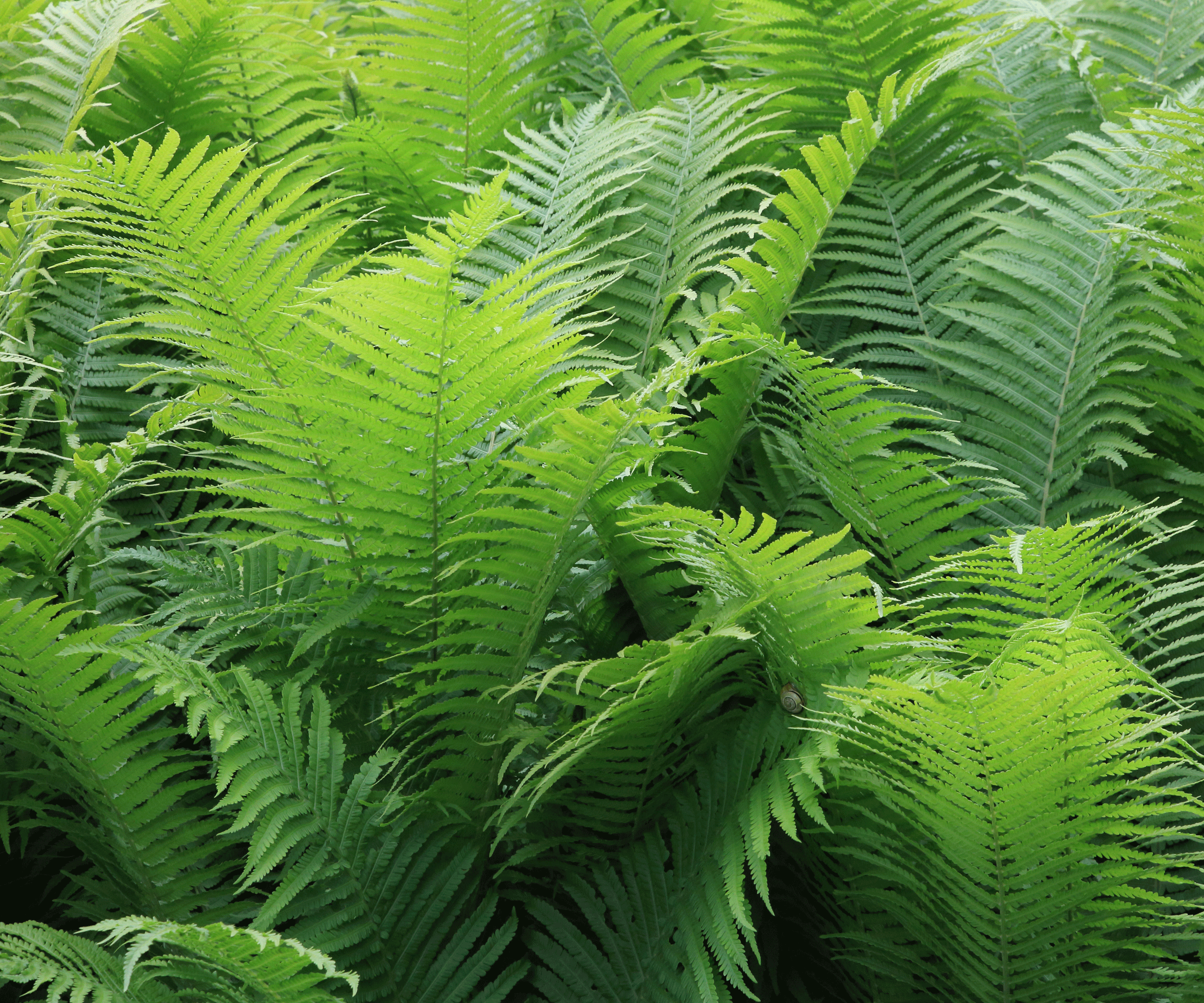
There are over 10,000 known species of ferns found growing worldwide, and many of these (but not all) thrive in dark, damp environments, the likes of which you find in woodlands.
'When thinking about ground cover plants for wet soil, I always like to suggest native green options,' says Bert Bast, garden expert and owner of Bast Brothers Garden Center.
'Some of my favorite species for wet areas are ferns, so long as there is a bit of shade as well. These are beautiful plants with many varieties being native across the US. They are generally very low maintenance and thrive in damp soil.'
As Bert says, there are many options available, from the best evergreen ferns to the best ferns for shade, all with unique foliage and forms.
For a North American native plant, why not try Matteuccia struthiopteris, commonly known as the ostrich fern, with live plants available to order from Nature Hills.
Found growing across much of the Northern Hemisphere, from the US to the UK, this species thrives in bog and marsh environments, and is hardy down to zone 3, making it suitable for cold regions in the north.
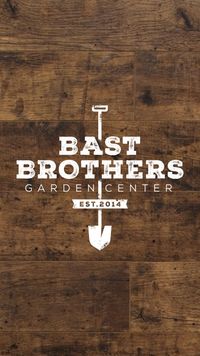
Bert Bast is a garden expert and owner of Bast Brothers Garden Centre. Established in 2014 and nestled in the heart of Mullica Hill, NJ, Bast Brothers Garden Center is a destination for all things garden.
3. Carex

'In terms of ground cover plants for wet soil, you won't find much better than Carex 'Everillo,' says Alex Kantor, owner of Perfect Plants Nursery.
'Native to Japan, this tough ornamental grass can be planted down to zone 5, with a preference for good moisture in the soil.
'Carex 'Everillo' features striking yellow-green foliage,' Alex adds, 'thriving in damp conditions with partial to full shade. Growing variegated plants such as this in damp and dark yards will really help to inject some color into borders.'
As Alex says, Carex spp. can be good options for wet yards or if you are seeking some of the best plants for a rain garden.
Carex 'Everillo' live plants are available to order from Perfect Plants Nursery.
In addition, the native Carex pendula, commonly known as the drooping sedge, is another grass that can be used as a ground cover in damp yards.
However, in the right conditions, this species can spread and is labelled as an invasive plant in some areas, so be sure to check with your local government office before adding to your collection.
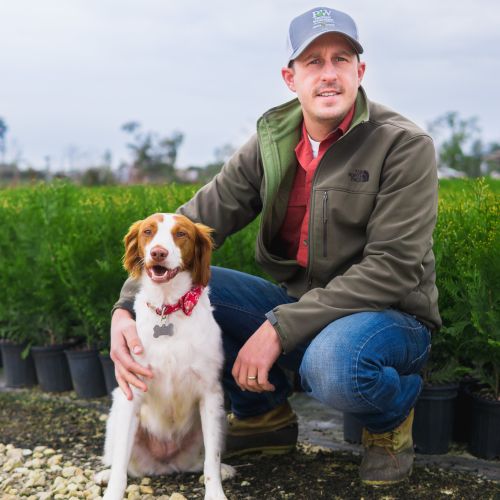
Alex has worked in the horticultural industry for over 20 years and grew up on the farm since his childhood years. Alex is an expert on landscape trees, shrubs, and indoor plants. He is passionate about growing and helping others learn the trade.
4. Daylily
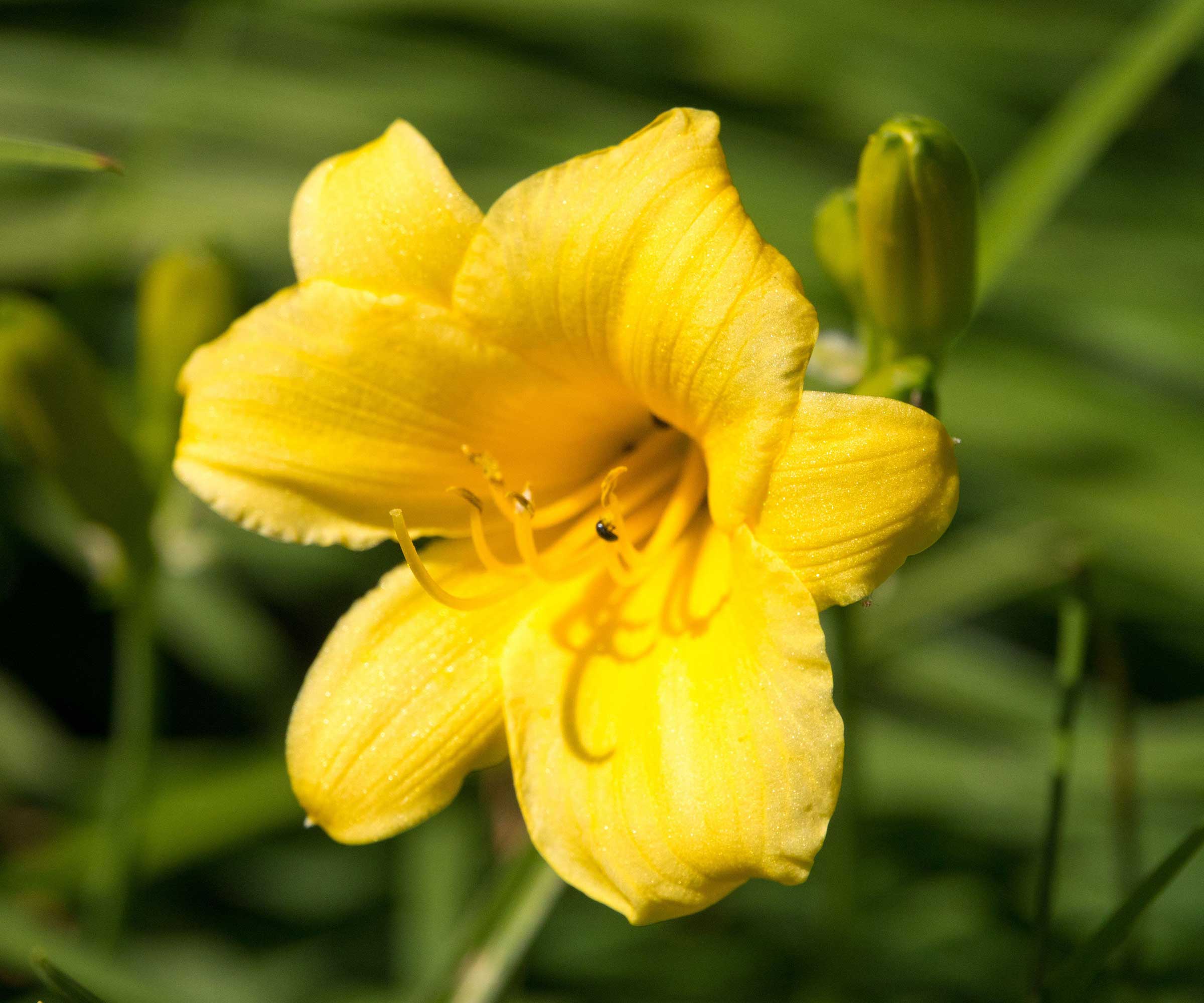
'Another good option for wet soil and pooling areas in the yard is the Stella d'Oro daylily,' Alex adds.
'This vibrant ditch plant will grow almost anywhere, from dry soil to riverbanks, shady corners to sun-drenched borders.
'Hemerocallis ‘Stella d'Oro' daylily is a brilliant bloomer,' Alex adds. 'It offers vibrant yellow blooms and grass-like foliage, withstanding wet conditions down to zone 3, preferring partial to full sun.'
Other daylily varieties, however, can prove problematic, and once established, will need regular maintenance to prevent these invasive perennials from taking over.
So, to avoid running into this problem, stick to the 'Stella d'Oro' variety that Alex recommends, which is not known to be invasive and can be easily lifted and divided every few years to control its spread.
The 'Stella d'Oro' daylily is available to order from Perfect Plants Nursery.
5. Candelabra primulas
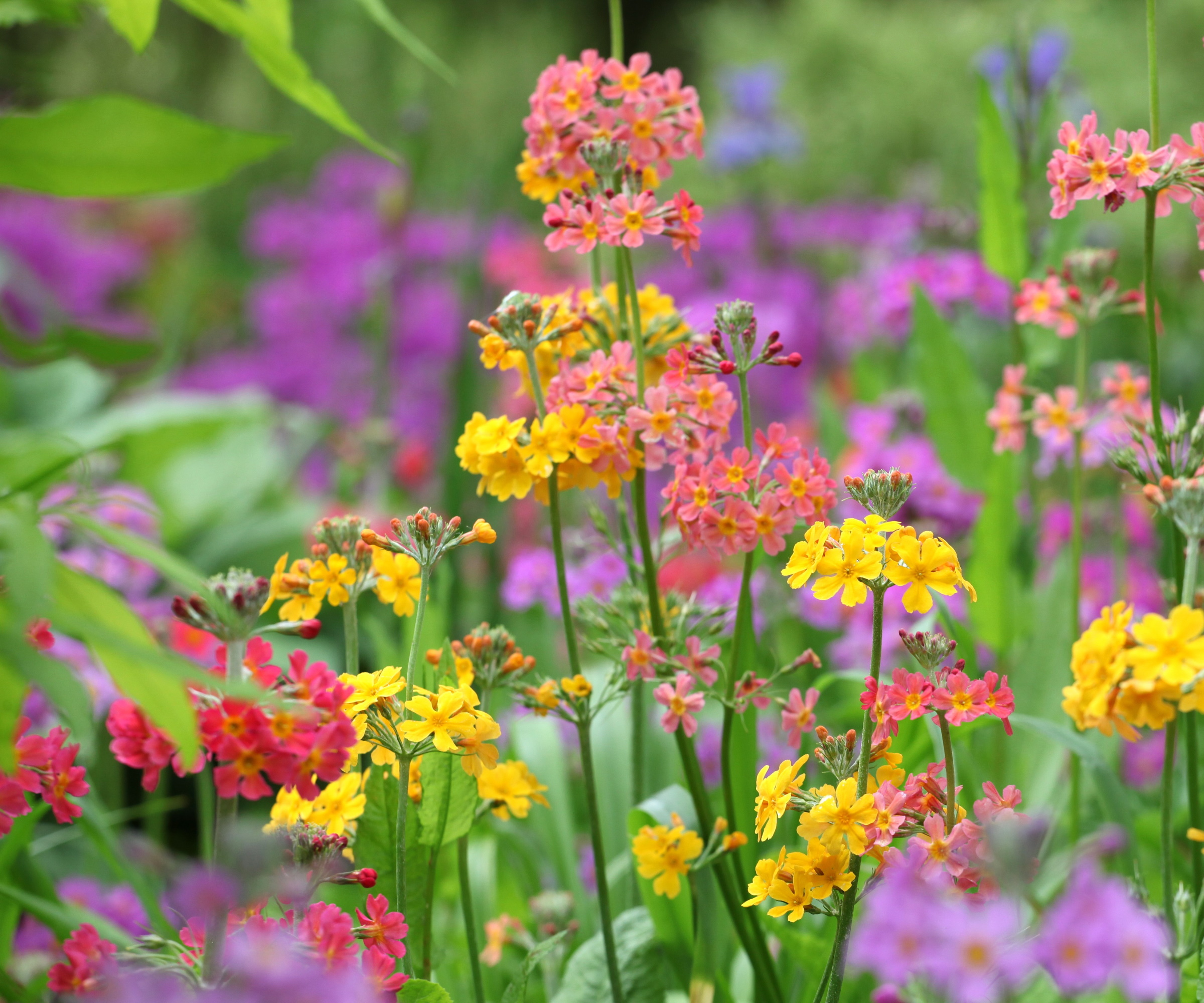
Candelabra primulas are perhaps the best flowering ground cover plants for damp and soggy soils.
I have grown these colorful, low-growing blooms when working as a professional gardener in South Wales, and when planted in moist soil (such as along a stream or riverbank), they happily self-seed and spread.
Hardy down to zone 6, these colorful flower spikes are perfect for maximalist borders, with one to three feet stems opening in shades of pink, red, yellow and orange.
They grow best in either full sun or part shade, with consistently moist soil, and once they are established, require little attention. Just sit back and enjoy the floral show.
Candelabra primula seeds are available to order online from Amazon.
Whatever ground cover species you use for wet areas in your yard, plant them in spring or fall for the best results, when the evening temperature is mild and the daytime temperature is still not too challenging.
Keep an eye on your plants in the first few months as they establish, but, as with most ground covers, by the second year, they should happily spread and need little attention.
For more inspiration, see our guide on how to grow buttonbush, a shrub that will thrive in soggy yards and fill borders with unusual, white pincushion blooms.
Shop garden accessories

Thomas is a Content Editor within the Gardens Team at Homes and Gardens. He has worked as a professional gardener for both public spaces and private estates, specializing in productive gardening, growing food and flowers. Trained in Horticulture at the Garden Museum, he has written on gardening and garden history for various publications, including The English Garden, Gardens Illustrated, Hortus, The London Gardener and Bloom. He has co-authored a Lonely Planet travel book, The Tree Atlas, due out in 2024.

